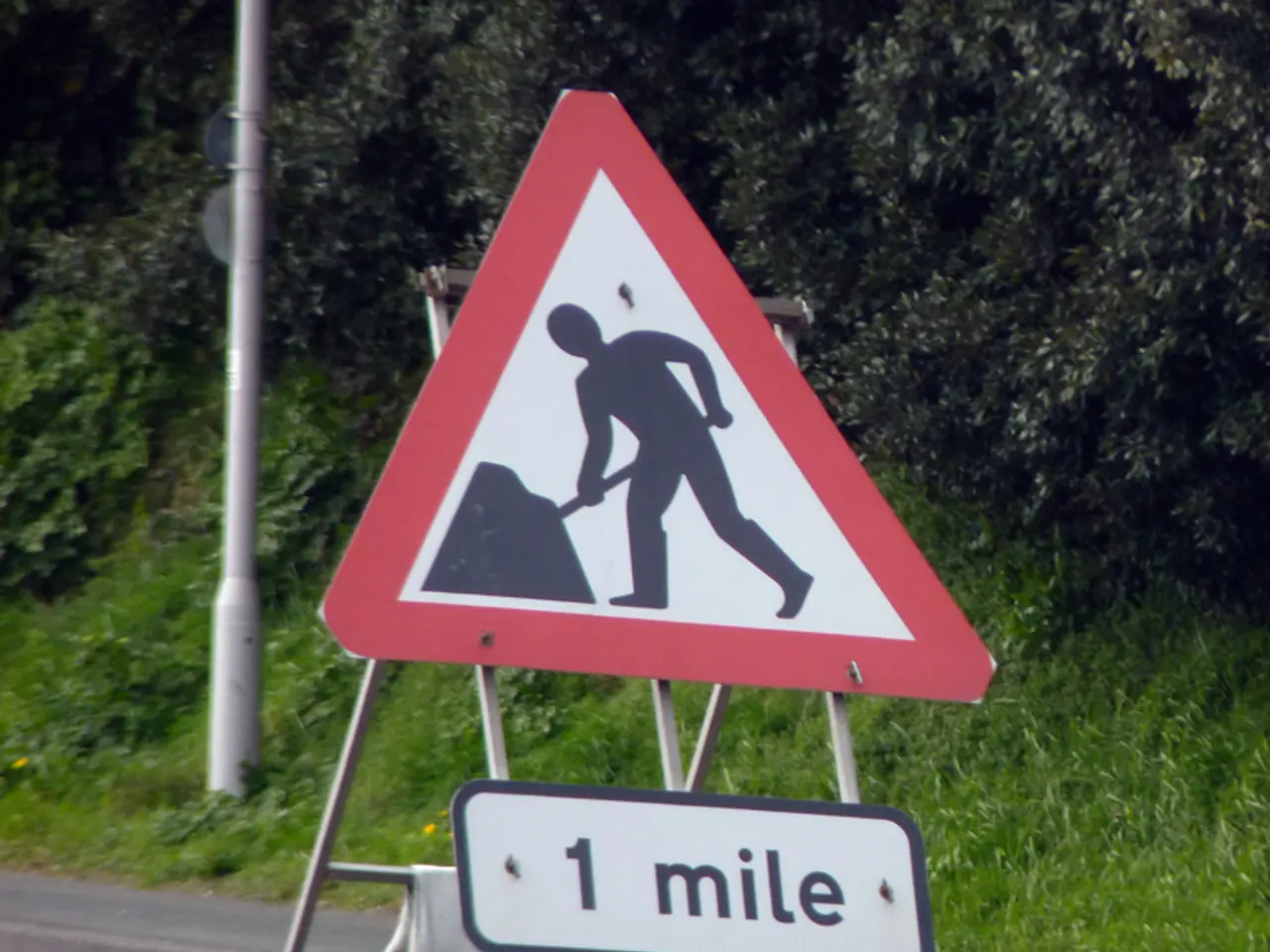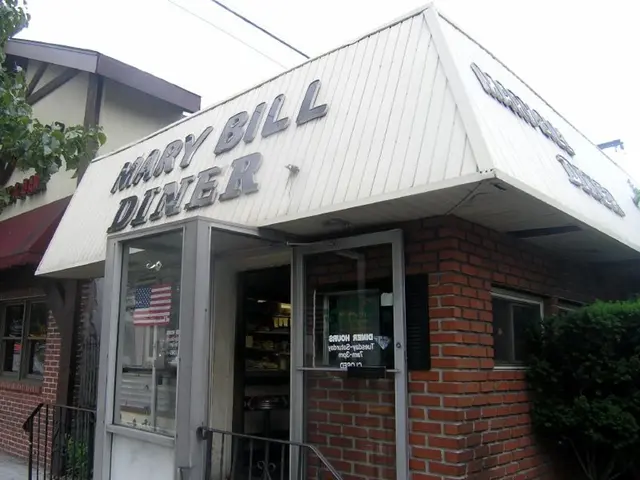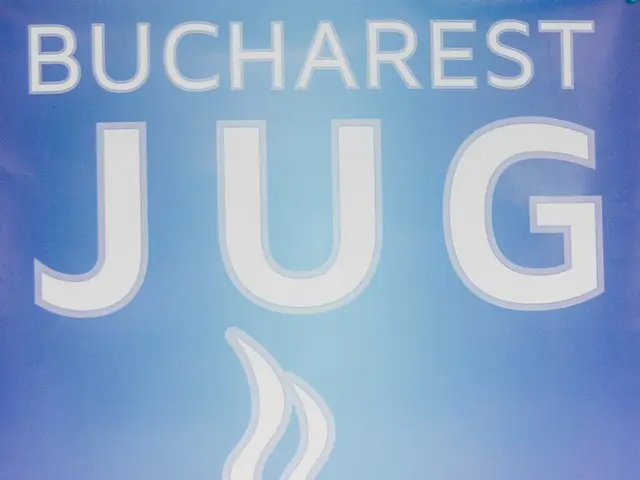Fixing Cracked Pavements: Frequent Issues, Solutions, and Compliance Guidelines for Sidewalk Repairs
In the bustling city of New York, maintaining the safety and functionality of sidewalks is of utmost importance. Common issues such as cracks, uplifted slabs, uneven surfaces, and deterioration can create trip hazards and lead to Department of Transportation (DOT) violations.
To ensure that repairs meet city standards and minimize legal risks, it is essential to hire licensed contractors. These professionals are overseen by the NYC Department of Consumer and Worker Protection (DCWP), and their services are vital in addressing sidewalk problems effectively.
Repair methods for concrete sidewalks typically involve removing and replacing damaged concrete slabs, grinding or leveling uneven areas, addressing root damage responsibly, ensuring proper drainage, and maintaining the repairs to prevent future issues. It is important to note that repairs must comply with DOT standards and require a Sidewalk Construction Permit before work begins.
Property owners are legally responsible for maintaining adjacent sidewalks to ensure pedestrian safety. Upon receiving a DOT sidewalk violation, owners have 75 days to complete repairs. Failure to act within this period can result in the city performing the repairs and billing the owner, potentially adding liens on the property if unpaid. After completing repairs, property owners must request a DOT re-inspection to confirm compliance and have the violation dismissed.
Maintaining records of permits, contractor receipts, and photos is encouraged for documentation purposes. Proactive maintenance and monitoring can prevent violations, including checking for damage, trimming vegetation, and coordinating with city authorities on tree-related issues.
The cost of concrete sidewalk repair or replacement in NYC ranges approximately from $12 to $18 per square foot, factoring in labor, materials, permit fees, and any special site requirements. Investing in high-quality repairs guarantees long-term durability, reducing future liabilities for property owners.
Understanding common sidewalk problems, selecting appropriate repair methods, and adhering to municipal guidelines ensures sidewalks remain functional and hazard-free. Large cracks pose tripping hazards and allow water infiltration, leading to further deterioration. Spalling occurs when the surface layer of concrete begins to break apart, exposing the aggregate underneath.
Proper drainage installation prevents future sidewalk deterioration by preventing water pooling on the surface. Uneven pavement often results from soil movement, root growth, or poor initial installation, creating significant safety concerns and increasing the risk of falls.
Adherence to ADA regulations is crucial when repairing sidewalks, mandating specific slope requirements, curb transitions, and non-slip surfaces for individuals with mobility challenges. Cracking is a common problem in concrete sidewalks that can widen over time due to temperature fluctuations and foot traffic.
In NYC, permits are typically required for major concrete sidewalk repairs. Property owners should check with local authorities for permit requirements and approved materials. Maintaining accessibility is critical during sidewalk repairs to ensure compliance with ADA regulations.
Concrete grinding eliminates raised edges and uneven slabs by smoothing out the surface, working well for sidewalks impacted by tree roots or shifting ground. Patch repairs are effective for small areas of damage, using concrete patch compounds to ensure restored structural stability and a seamless appearance. Crack sealing is a simple solution for minor sidewalk damage that prevents further expansion and maintains surface integrity.
Pooling water is a concern, particularly in areas with improper drainage, as it can weaken the surface and contribute to erosion. Regular inspections and proactive maintenance prevent costly fines and enhance pedestrian safety in both residential and commercial areas. By following these guidelines, property owners can ensure their sidewalks remain safe and compliant with city regulations.
In the midst of home-improvement projects, property owners in New York should prioritize maintaining the safety and functionality of their adjacent sidewalks as necessary for pedestrian safety, as per municipal guidelines. Home-and-garden enthusiasts can address sidewalk problems by hiring licensed contractors overseen by the NYC Department of Consumer and Worker Protection (DCWP) and following repair methods that include removing and replacing damaged concrete slabs, ensuring proper drainage, and addressing root damage appropriately to correct any hazard-creating issues, such as large cracks, uneven pavement, or spalling.




